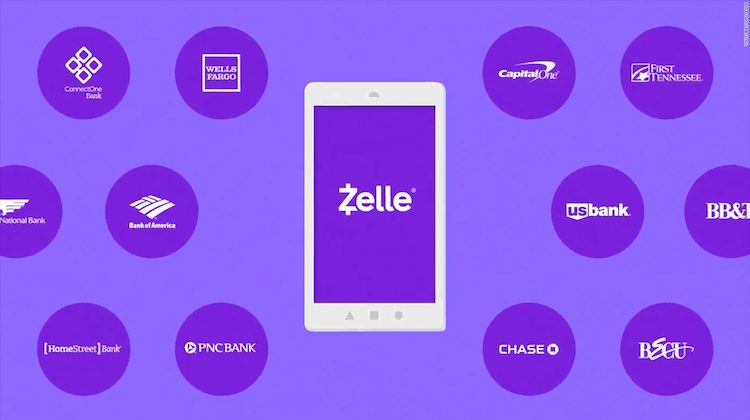Payments
Zelle places its bets on corporate-customer transactions
- Zelle processed $25.1 billion across 85 million transactions in the first quarter of 2018
- Early Warning services, the company behind the payments network, expects business-to-consumer payments will be one of the biggest growth areas in 2018





